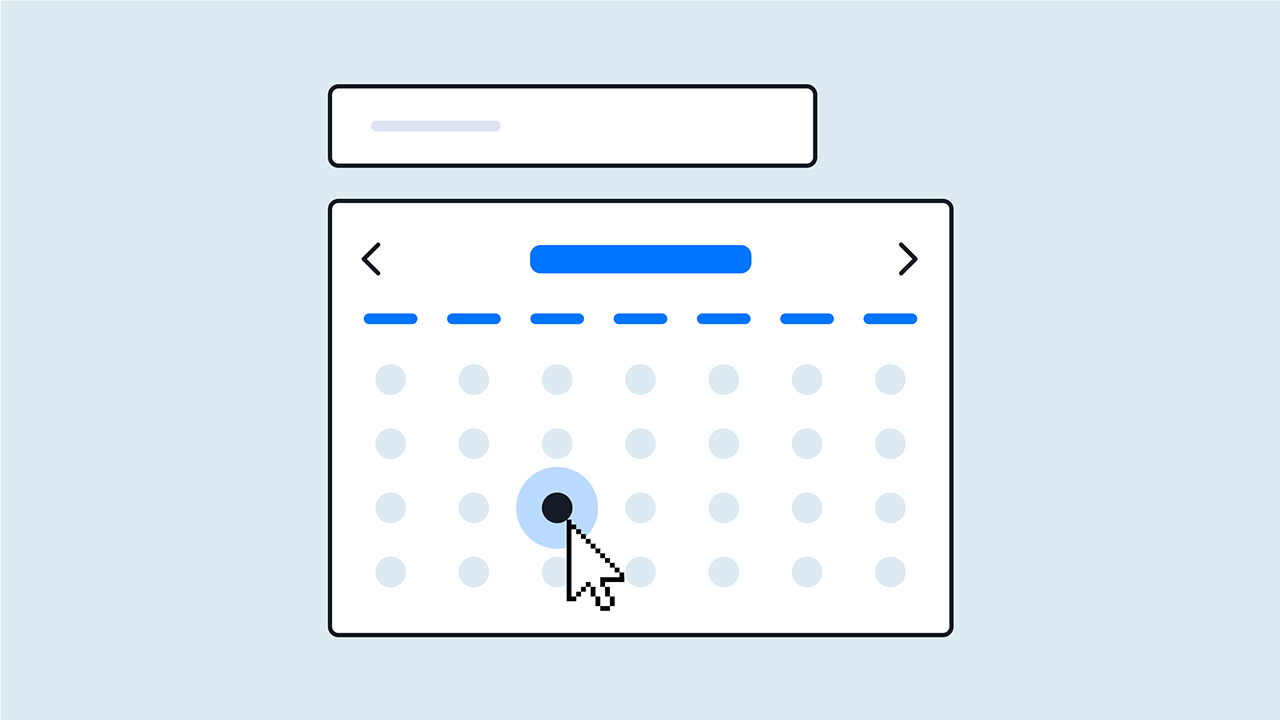It’s every marketing team’s dream. One piece a week, two, three…five…ten? Ten content pieces a week? Yes, it’s possible! But every team eventually faces the same problem: scaling. The team simply can’t keep up with the rate (and quality) of production. Sure, you could just add someone else to the team, but as processes and systems change and mature, the positive correlation between team size and headcount fades away.
What can managers do? Keep hiring, hoping you stumble upon some sort of magical combination of writers and designers? How about looking inward at the underlying processes and finding ways to free the team from time/attention/energy-sapping tasks that keep them from achieving their––and the company’s––goals?
Let’s take a look at how the impact a slow-moving content machine has on productivity, and ultimately, profit, then go over three different examples of how big teams are unblocking their content creators and freeing them up to focus on content creation.
But first, let’s see what some of these blocks might actually look like. Most work at any company goes through a workflow. When it comes to big teams, workflows are especially important because they offer a repeatable process for technically complex tasks that are handled by specific teams. Take a development agency:
In order to build a new page – you get a developer
In order to update a style on a page – you submit a ticket
In order to move a banner ad – you add it to the backlog
These workflows are great, but when it comes to content creation, they create bottlenecks that have negative impacts on success.
- Content production is dependent on the dev team’s ability to respond to the task.
- To move a task forward, content teams are required to fit into a completely incompatible workflow to their own.
- The dev team spends their time on operational tasks (or client tasks) rather than focusing on maintaining and enhancing the company’s platform.
Removing these bottlenecks results in massive savings in both time and resources. But removing them takes time, and deep introspection on the part of both the marketing and development teams. Which tasks should be handed over to the site manager? Which should be left in the hands of developers? And which should be reworked altogether?

1) Layout & Site Customization
Most publishers are familiar with drag-and-drop page builders like Gutenberg, the WordPress editor. Many businesses and teams have been developing tools for this editor since it was released in 2018. But this kind of ‘mass market’ solution that’s supposed to make page building easier for users doesn’t translate simply to big teams. Instead, teams need to consider:
- Restriction – What should, and should not, be customizable by the team
- Sitewide Previewing – Understanding the how customization impacts the entire site
- Reviews & Approvals – Like general content, layout and site customizations should go through a review workflow
- Scheduling – When customizations should go live
Although each team’s solution and workflow will be unique, the underlying methodology and technology behind these drag-and-drop builders is becoming more standardized. Updates to the WordPress core have created a strong foundation for the kinds of complex implementations that big teams need for layout and site customization.

2) Complex Scheduling
Take this example: Your content team is coordinating a ‘12 Days of Christmas’ campaign that delivers unique content on a 24-hour basis for 12 days leading up to December 25. But, like any good marketing campaign, this goes far beyond just blog posts. It includes:
- Headlines and other copy
- Banner ads
- Imagery
- Page layouts
- Styling
- And more
This involves things that are usually outside of the typical site owner’s wheelhouse. Scheduling and posting a blog is the simplest of tasks for content creators, but big teams need to think outside of that. Normally, scheduling the kinds of changes mentioned above involves working with a dev team to stage the changes, work through kinks, and schedule a code-merge. For our Christmas campaign, this would mean coordinating and deploying numerous code bases on a very strict timetable.
Instead, teams using WordPress can both make and schedule changes within the interface itself. While staging environments and developer teams are still valuable parts of the equation, they can be removed from smaller, simpler tasks like those mentioned above. This positive impact on efficiency is clear when tasks like these can be taken care of by a content team rather than involving an entire team of developers.

3) A/B Testing
It’s marketing 101: test, test, and test again. It’s been shown that frequent, small changes to a site over time will produce far greater ROI than massive redesigns that take years to implement. A/B testing is widely used, and for good reason. The process usually looks like:
- Select a metric to be improved (E.g. time on page)
- Define a hypothesis (E.g. if we increase the body text font-size from 14px to 16px we will see an increase in time on page)
- Create the new assets (E.g. font styling)
- Set up an A/B experiment to deliver both the current and new assets
- Measure impact on selected metric
- Implement the winner
Although this seems simple on paper, there are many points where the process can be bottlenecked and slowed to a halt.
- Asset development
- Setting up the testing implementation itself
- Data collection
- ‘Winner’ implementation
To get the most value out of your testing, it needs to be done frequently. If developers were required to manage every aspect of the testing process, the bottleneck would prove fatal, and the testing would fall flat.
Big teams, especially those working with high-traffic sites, are systemizing this process as much as possible. Every aspect is automated. Developers are freed from having to manage and implement changes, and site managers (content teams) can accelerate the testing process significantly.
WordPress allows these large teams to test and implement with ease. There are tons of tools available to help capture data and automate the entire process. One of our favorites is Google Optimize. It’s recently been re-developed to add analytics integration, and is very user friendly. You can run up to five tests at once for free, but bigger teams can purchase the premium version, Optimize 360, to run larger-scale tests.
The publishing industry is using technology to move forward at an incredible pace. While in the early days, content and marketing teams needed developers to implement even the slightest change on a site, technologies like WordPress are allowing users to create and innovate like ever before. The blocks that were once seen have dissolved away, leaving a more productive environment for developers and content creators alike.


